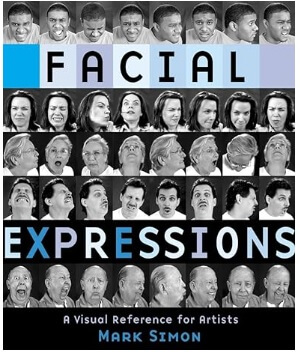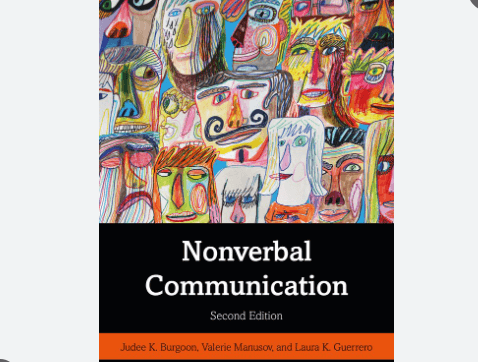PRIMARY VERB NEGATION

- File banner | Credit Bespeaking
Forms and Examples of Primary Verb Negation
Primary verb negation refers to the use of not to negate a clause that contains a present or past tense verb. In the negative aspect of the sentences below, for instance, the affirmative not is used with the tensed verbs are and lived respectively.
| Affirmative Statement |
|
|---|---|
| Negative Statement |
|
Primary verb negation takes the following diverse forms:
1. Statements with Auxiliary Verbs
If the affirmative form of a sentence has one or more auxiliary verbsOpens in new window or modal auxiliariesOpens in new window (such as canOpens in new window or shouldOpens in new window), “not” comes after the first auxiliary, as the negative sentences below demonstrate. The examples in the negative segment demonstrates that “not” contracts with auxiliary verbs and modals.
| Affirmative Statement |
|
|---|---|
| Negative Statement |
|
| Contracted “Not” |
|
2. Statements with Copular “Be”
Negation for sentences with copular “be” operates just like negation for sentences with auxiliary verbsOpens in new window; that is, “not” is inserted following the verbal element as the following set of constructions show. Note that “not” contracts with copular “be” as well, as in the last series of the examples below.
| Affirmative Statement |
|
|---|---|
| Negative Statement |
|
| Contracted “Not” |
|
3. Statements with No Auxiliary Verb or Copular “Be”
If there is no auxiliary verb or copular be present in the affirmative version of a sentence, then an auxiliary verb must be added to make negation Opens in new window work properly. This can be achieved by inserting the appropriate form of do, as shown below.
| Affirmative Statement |
|
|---|---|
| Negative Statement |
|
| Contracted “Not” |
|
Note that not comes after do and may contract with it. The main verb must be in its bare infinitive form while do carries the tenseOpens in new window.
In American English, sentences with the main verb have (not the auxiliary verb have) are usually negated as shown in the last child of the preceding set of examples; they take do + not. Have without do, as shown below, is slightly more common in British English.
- She hasn’t a car.
- Roger hasn’t time to talk right now.
Negative imperative sentences, shown in the following examples, also require the use of do not before the main verb (See Imperative SentencesOpens in new window to learn more of this particular usage).
| Affirmative Statement |
|
|---|---|
| Negative Statement |
|
| Contracted “Not” |
|
4. Yes/No Questions
In negative yes/no questionsOpens in new window, the auxiliary verbOpens in new window, which has been moved to the beginning of the sentenceOpens in new window by subject-aux inversionOpens in new window, contracts with not, as shown in the first three examples below.
| Affirmative Statement |
|
|---|---|
| Negative Statement |
|
In yes/no questions with no auxiliary verb, not is contracted with do, as in the last child of the above set of examples. (Learn more on yes/no questionsOpens in new window.) Uncontracted forms such as Is he not coming? are occasionally heard.
5. Tag Questions
Opposite polarity tag questions with positive stems always have contracted negative tags, as shown below.
| Affirmative Statement |
|
|---|---|
| Negative Statement |
|
Negating the stem of an opposite polarity tag question results in a positive tag, as shown in the affirmative statements above. (see Tag QuestionsOpens in new window to flex your knowledge in them.)
6. Wh– Questions
In negative wh– questionsOpens in new window, not can contract with auxiliaries after the initial wh– question word. When contraction occurs, the contracted form follows the wh– word. When contraction does not occur, not follows the subject. Survey the following:
| Affirmative Statement |
|
|---|---|
| Negative Statement |
|
| Affirmative Statement |
|
|---|---|
| Negative Statement |
|
| Affirmative Statement |
|
|---|---|
| Negative Statement |
|
Negative/Positive Polarity Items and Verbal Negation
As shown in one example in heading number 2 (statement with copular be), the affirmative sentence contains the noun phrase some milk, while the corresponding negative sentence reads any milk. This same shift from some to any is illustrated below:
| Affirmative Statement |
|
|---|---|
| Negative Statement |
|
Any is one of a set of words that can appear in negative statements but normally do not appear in affirmative statements. This restriction on the use of any can be seen if we remove not from a negative sentence as shown in the first example below. The resulting positive statement in the second is ungrammatical.
- She doesn’t have any money.
- She has any money.
Words such as any, which normally occur only in negative statements but are themselves not negative, are called negative polarity items. The set of words and expressions formed with any (i.e., anybody, anything, any longer, anymore, anyone, anywhere) also belong to this group.
Words such as some, on the other hand, normally occur only in positive statements and are therefore referred to as positive polarity items. Other members of this set are somebody, someone, something, somewhat, and somehow. Survey the examples shown below.
| Affirmative Statement |
|
|---|---|
| Negative Statement |
|
The negative polarity items anymore and any longer have a corresponding positive polarity item, still. Notice that negating the verb as shown in the first example in the following series with doesn’t produces the second example, which is ungrammatical.
| Affirmative Statement |
|
|---|---|
| Negative Statement |
|
The negative polarity item yet has a corresponding positive polarity item, already, as shown here:
| Affirmative Statement |
|
|---|---|
| Negative Statement |
|
A list of other words that are typically used only in negative sentences are shown below.
| much |
|
|---|---|
| at all |
|
| a bit |
|
| bother |
|
| faze |
|
These negative polarity items do not have corresponding positive polarity items.
Negative and positive items also appear in corresponding ways in secondary verb negation, which is addressed subsequently in its designated webpage.
























